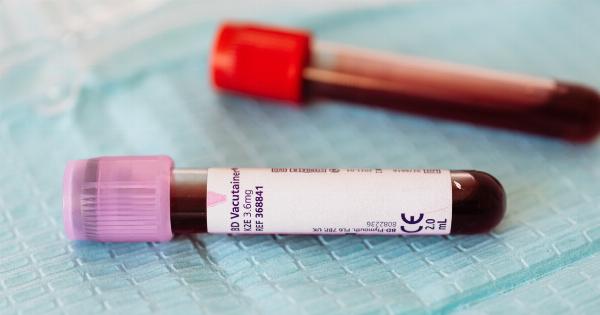When you suspect that you might be pregnant, taking a pregnancy test is the next step to confirm your suspicions. However, with so many options available in the market, it can be overwhelming to choose the right one.
This ultimate pregnancy test guide will provide you with all the information you need to know about pregnancy tests, including how they work, when to take them, and how to interpret the results.
How Do Pregnancy Tests Work?
Pregnancy tests detect the presence of a hormone called human chorionic gonadotropin (hCG) in your urine or blood. This hormone is produced by your body after a fertilized egg attaches to the uterus and begins to develop.
Different types of pregnancy tests have varying levels of sensitivity to hCG.
When Should I Take a Pregnancy Test?
The best time to take a pregnancy test is usually after your missed period. However, some tests claim to provide accurate results even before your missed period. These tests are generally more sensitive and can detect lower levels of hCG.
It is essential to read the instructions provided with the test to determine the appropriate time for testing.
Types of Pregnancy Tests
There are two main types of pregnancy tests: urine tests and blood tests.
Urine Tests
Urine tests are the most common type of pregnancy tests and are available over the counter at pharmacies or stores. These tests are easy to use and provide results within minutes. You can choose between test strips, midstream tests, or digital tests.
Test Strips
Test strips require you to collect a urine sample in a cup and then dip the strip into the urine. The strip will change color or show lines to indicate whether you are pregnant or not. They are more affordable but may be slightly more cumbersome to use.
Midstream Tests
Midstream tests are similar to test strips, but you need to hold the test under your urine stream or collect a midstream sample using a cup. These tests are more convenient to use, as you don’t need a separate collection cup.
Digital Tests
Digital tests work like midstream tests but display the results on a digital screen. They usually provide clearer results, as they eliminate any confusion about interpreting lines or colors.
However, digital tests are generally more expensive than other types of urine tests.
Blood Tests
Blood tests are performed by healthcare professionals and can be of two types: qualitative and quantitative.
Qualitative Blood Tests
Qualitative blood tests determine whether hCG is present in your blood, indicating pregnancy. These tests provide a simple yes or no answer.
Quantitative Blood Tests
Quantitative blood tests measure the exact amount of hCG in your blood. They can also track the hCG levels over time. Quantitative blood tests are often used to monitor the progress of pregnancy or detect any potential issues.
How to Take a Pregnancy Test
To get accurate results from your pregnancy test, follow these steps:.
Read the Instructions
Always read and understand the instructions that come with the test before using it. Different tests may have specific guidelines for timing, urine collection, or result interpretation.
Choose the Right Time
As mentioned earlier, the timing of your test is crucial. Determine the appropriate time to take the test based on the type of test you have chosen.
Prepare the Test
If you are using a test strip or midstream test, remove it from its packaging just before using it. For digital tests, ensure you have fresh batteries. Follow any preparation steps mentioned in the instructions.
Collect the Sample
If you are using a urine test, collect a clean urine sample in a cup or follow the instructions for a midstream sample. Be careful not to touch the absorbent part of the test or contaminate it in any way.
Perform the Test
For test strips, dip them into the urine sample for the specified time. Midstream tests need to be held under the urine stream or dipped into the cup for a certain period.
Digital tests usually have a window where you need to place the absorbent part of the test for a few seconds.
Wait for the Results
Follow the waiting time mentioned in the instructions. This time may vary according to the test you are using. Avoid checking the results too early, as it may lead to inaccurate interpretations.
Interpreting the Results
Most pregnancy tests use symbols, colors, or lines to indicate the results. It is essential to read the instructions to understand what each result means.
Generally, a positive result indicates pregnancy, while a negative result means you are not pregnant.
Consult Your Doctor
If you receive a positive test result, it is recommended to consult your healthcare provider to confirm the pregnancy and discuss next steps. Remember that home pregnancy tests are not 100% foolproof, and a professional confirmation is essential.






















